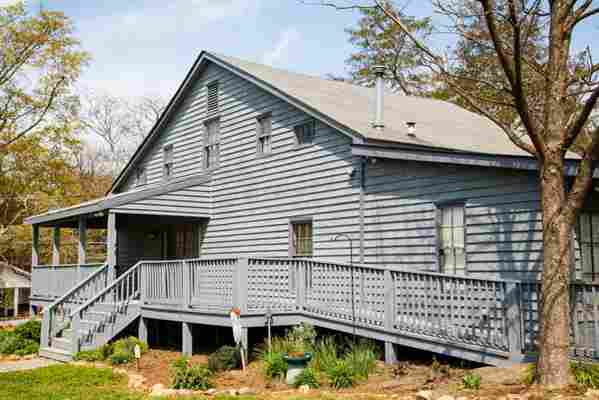Your home should be a place of comfort. Yet, if you or a loved one is one of the 40 million Americans living with a disability, building a truly comfortable home can be daunting. Even before you get estimates for remodeling your home around a disability, there is the exhaustive process of identifying all the changes your home needs to accommodate your needs.
Fortunately, there are a variety of resources and experts out there who can help you during the planning process. We’ll get you started by guiding you through the most common home modifications for disabled needs, as well as a few of the most well-known organizations that can provide assistance.
Where Should You Start When Remodeling for Accessibility?
Before starting, it’s important to remember that there’s no one-size-fits-all solution for home modifications, as Caitlin Hoff, health and safety investigator for ConsumerSafety.org explains:
“Even within the same root cause, two people can experience different limitations; a good example of this situation is the birth injury Cerebral palsy (CP) which can affect two people in completely different ways causing different disabilities.
“One person with CP may struggle with fine motor skills in their hands or arms, while another relies completely on a wheelchair for mobility. Home modifications need to adapt to the individual person not the disability as a whole.”
Keeping that in mind, there are a few key areas of your house you should focus on:
Within these three areas, there are any number of changes you can make to suit your specific needs. Below are a few of the most common features incorporated into home remodels that focus on accessibility.
Essential Bathroom Modifications
Essential Kitchen Modifications

Exterior ramps are the most common outdoor home modification, allowing easy exit and entry for those with mobility impairments.
Essential Mobility Modifications
Planning on aging in place? Here are a few more remodeling ideas to make your home comfortable throughout your retirement
How Much Does Remodeling for a Disability Cost?
Cost is the biggest factor for any home remodel, and remodeling to accommodate a handicap or disability is no different. “On average a person with a disability will spend anywhere from $5000-$9,000 on a general home remodeling project,” says Hoff. “Usually, these numbers are focusing on people with limited mobility who require modifications to allow wheelchair mobility.”
Due to these high costs, there are numerous grants and financial assistance programs available to help reduce the cost of making your home accessible. Here are a few of the most well-known organizations that offer funding or direct assistance for building an adapted home or modifying an existing one:
Home Improvement Grants & Assistance for Homeowners With a Disability
Where Should I Start Looking for Contractors?
If you’re looking to hire your own contractor without outside assistance, you should make sure you hire a professional with experience in remodeling homes for accessibility. A good place to start is by searching for nearby members of Accessible Home Improvements of America , a nationwide network of independent living solutions providers.
Outside of the AHIA, you should look for contractors with the Certified Aging-in-Place Specialist, or CAPS, designation. This is a certification granted by the National Association of Home Builders to those professionals who have received training in the design and installation of home accessibility solutions.
There are any number of ways to make your home more accessible, but any large-scale remodeling or modifications you make should always be tailored to fit you or your loved one’s specific needs. Though the process may appear intimidating at the outset, remember that there are resources and professionals nearby to lend you a hand.
Need to clean out your home before your remodel? Or maybe you’re planning on moving to a new home first? Whatever your next step is, you’ll find an in-depth how-to for it in our Home Project Guides section.
